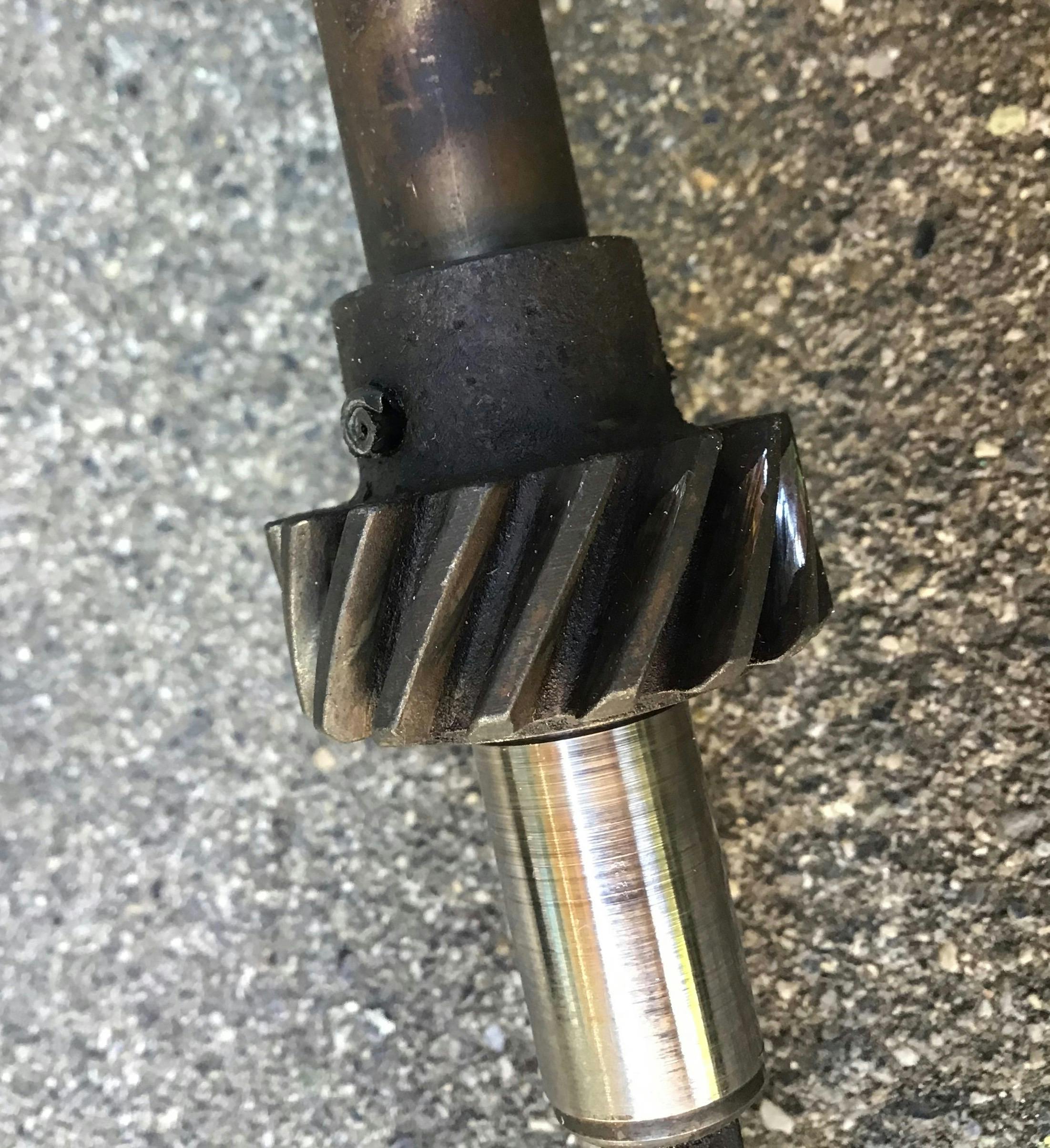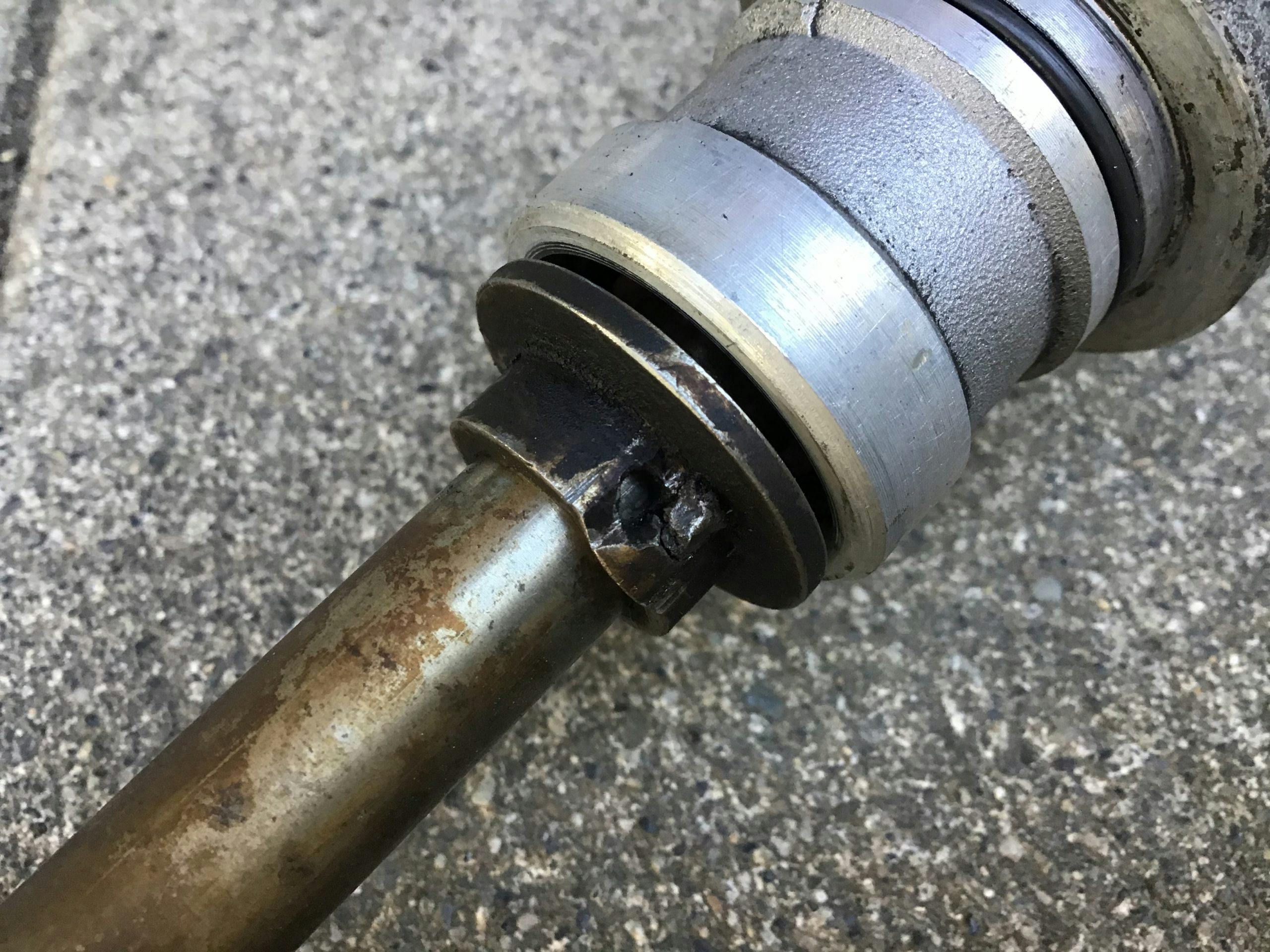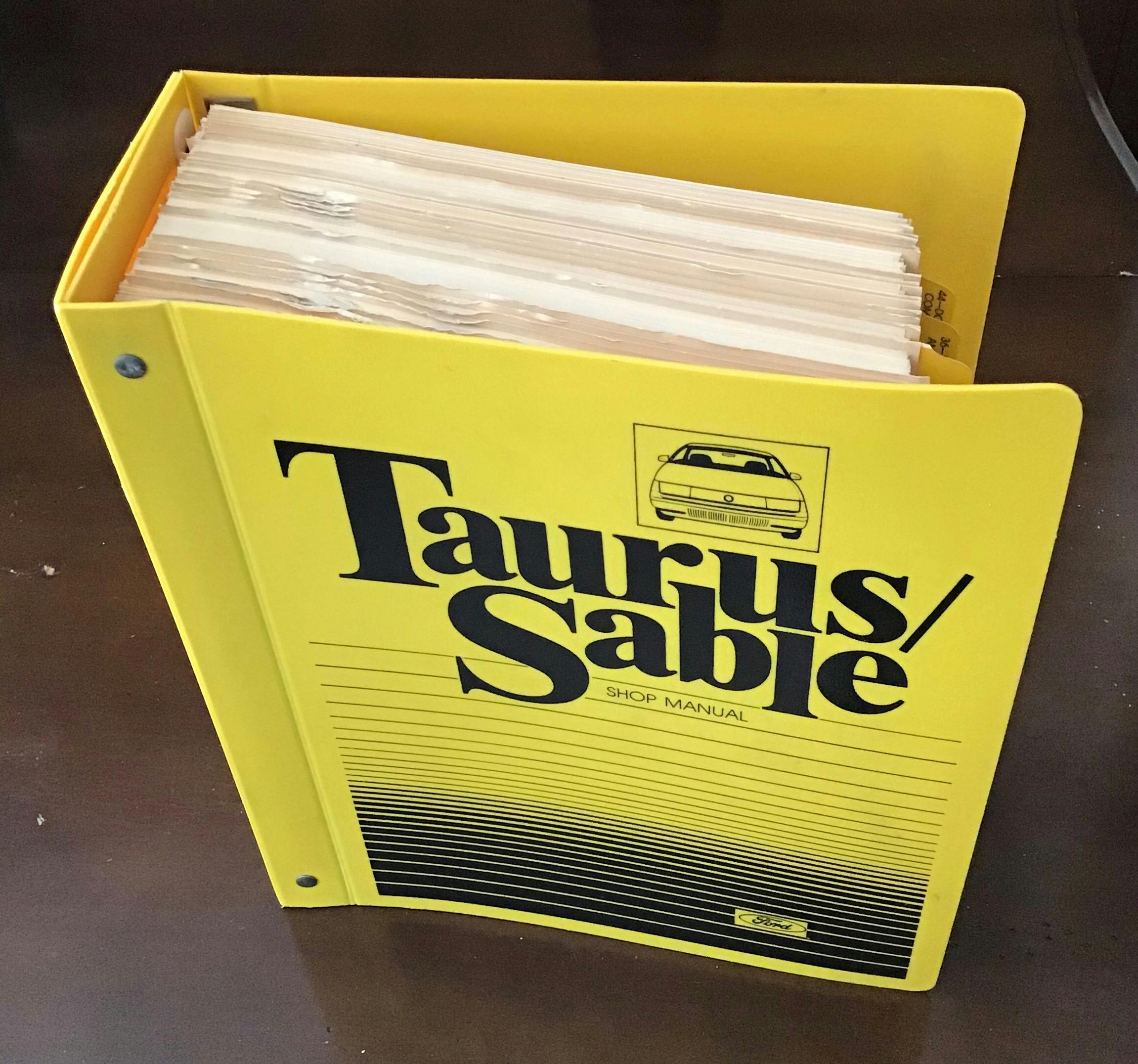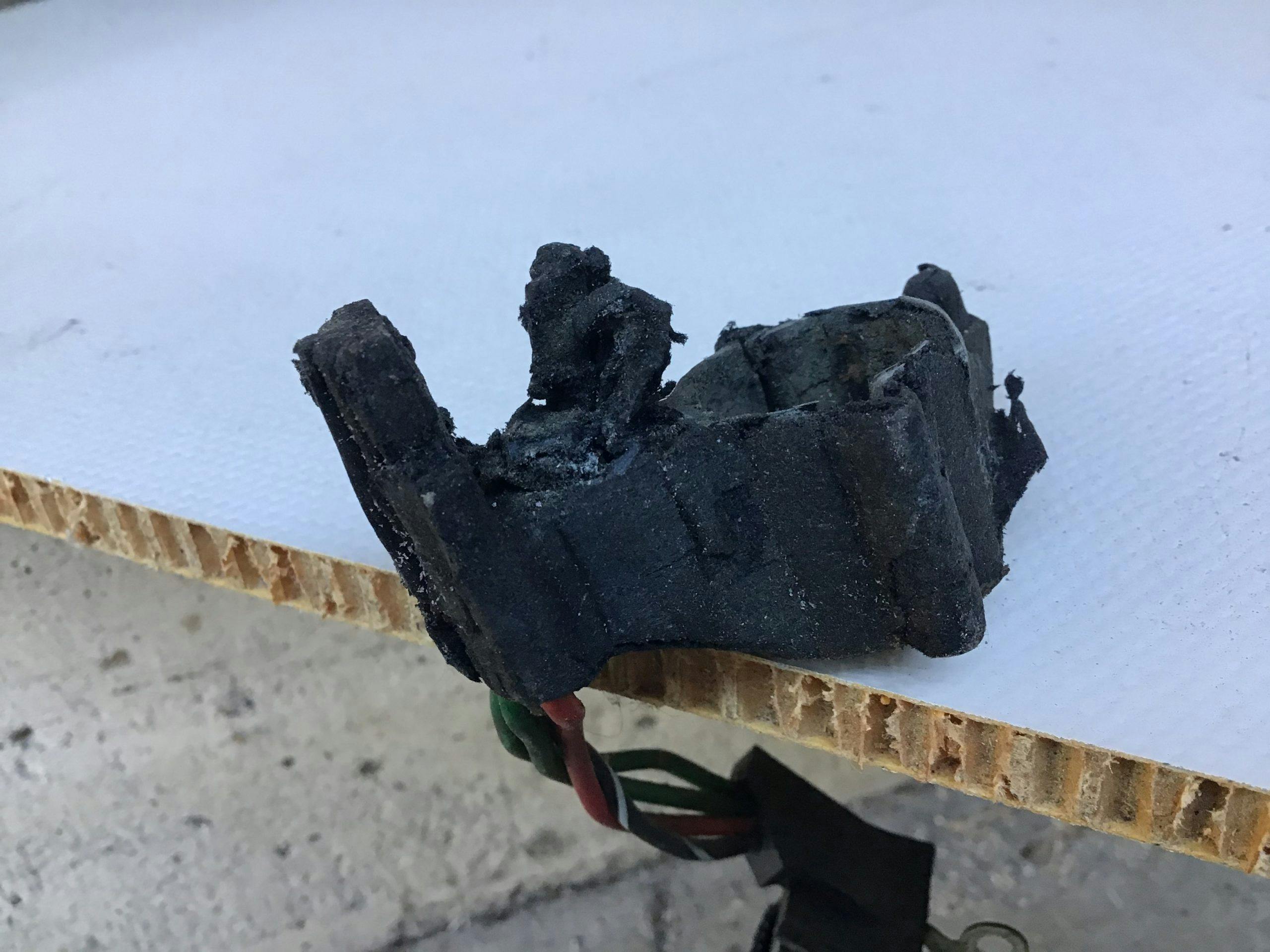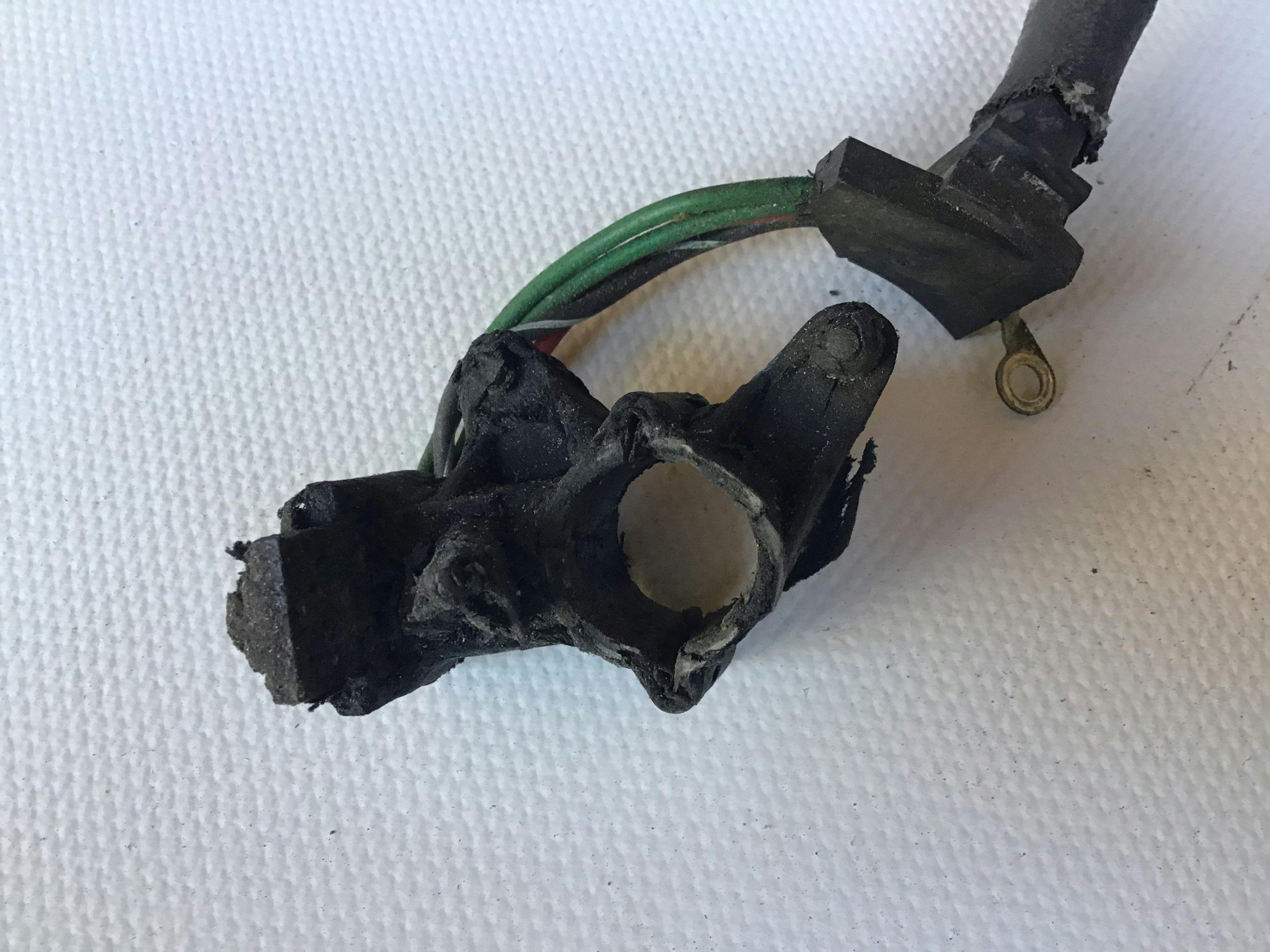Media | Articles
Piston Slap: Dizzy over Taurean ignition options?
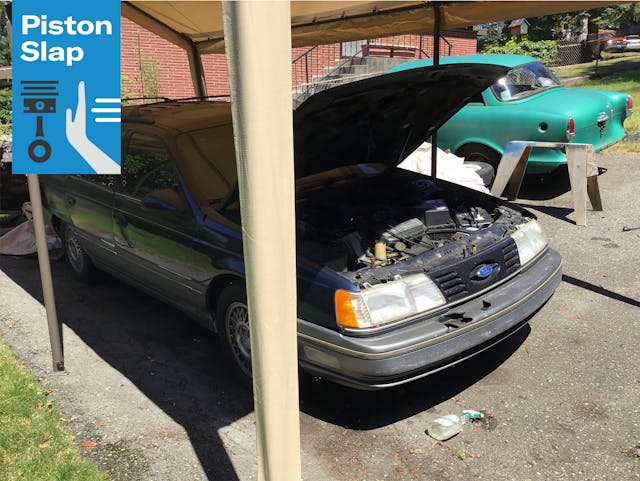
Ryan writes:
Hi Sajeev,
My 1989 Ford Taurus LX wagon (3.8-liter Essex V-6) quit running while it was parked with the engine idling, and the problem turned out to be no spark to the plugs, and removing the distributor cap revealed a small magnet on the metal gate thing—it had come apart after three decades. The shop manual explains how the Hall effect sensor works, but says nothing about replacing this part, and I felt like making an attempt to replace the sensor myself, and it wasn’t as straightforward as I thought.
The upper part of the distributor shaft spins inside of the aluminum distributor housing, but it does not get oil because there is a seal between the distributor body and the shaft. Should the upper portion be lubricated? The gear is an interference fit—I think the inside diameter is a few thousandths of an inch smaller than the shaft—and I was able to get that roll pin almost all the way through, but it didn’t cause the holes in the gear to align like I thought might happen. The gear might be a little off, but I think it’ll be OK as long as I use a timing light to set the timing.
Do you have any insight about rebuilding a distributor?
Marketplace
Buy and sell classics with confidence
Would it be safe to heat up the distributor gear?
Would this be something an engine rebuild shop could do, and what would they charge?
Sajeev answers:
Sounds like something is indeed wrong with your distributor, but since these Hall effect setups are a bit more complex, you’re not asking the right question. The real question is, “what replacement distributor should I buy?”
I know replacement parts are dirt-cheap for this motor, as it’s the same unit in my decidedly Taurean 1989 Lincoln Continental. Both Ford and quality aftermarket vendors made plenty of spares for the millions of Taurus/Thunderbirds/Windstars/Mustangs/etc. with this engine, and supply now far exceeds demand. The latter might be the biggest understatement you’ll read all week!
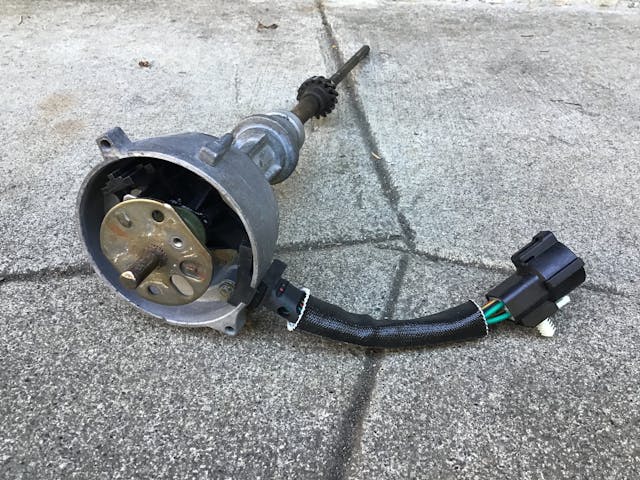
I see that new distributors are $80-ish at Rock Auto, with remanufactured examples being a bit cheaper. I suggest looking elsewhere as these do not hail from reputable brands: Copy and paste part number E8DZ-12127-A into eBay and you’ll see an NOS (new old stock) Motorcraft dizzy for less than the aftermarket stuff on Rock Auto. And that particular auction is even open to offers!
No matter what route you choose, install a new dizzy (which includes a new Hall effect sensor) and move on to enjoying that Taurus wagon life!
Ryan responds:
Thank you in advance. I didn’t check YouTube or Hot Rod magazine for information on rebuilding a distributor, because I only have 24 hours in a day. If I have to buy another distributor it’ll be a good learning experience.
Sajeev concludes:
Exactly, you only have 24 hours in a day. You shouldn’t feel the need to spend hours trying to rebuild something that costs well under $100 to sort properly within minutes. Since the Taurus will never be a Fox-body Mustang (that already has Ford-blessed reproduction parts) you should focus on where you can really add value via labor-intensive efforts.
Focus on restoring things that fit in the “unobtainum” category. Judging from the pics I’ve seen over the years, might I suggest rerouting your thoughtful efforts into learning to plastic weld? I’m not making that statement to be a jerk, as I’m learning this technique to restore my unobtainum plastic dashboard substructure before reinstallation. Creating something that doesn’t readily exist in a warehouse is probably the biggest pleasure I get in restoring an old car.
Almost everyone has a time value of money concern at one point in their life. It’s a good problem to have relative to what others endure, and we classic car hobbyists must make the most of our time in the garage so we have more time for the road!
Have a question you’d like answered on Piston Slap? Send your queries to pistonslap@hagerty.com, give us as much detail as possible so we can help! If you need an expedited resolution, make a post on the Hagerty Community!
